Notice What You Notice
Sophie Howarth and Menka Sanghvi on photography and attention
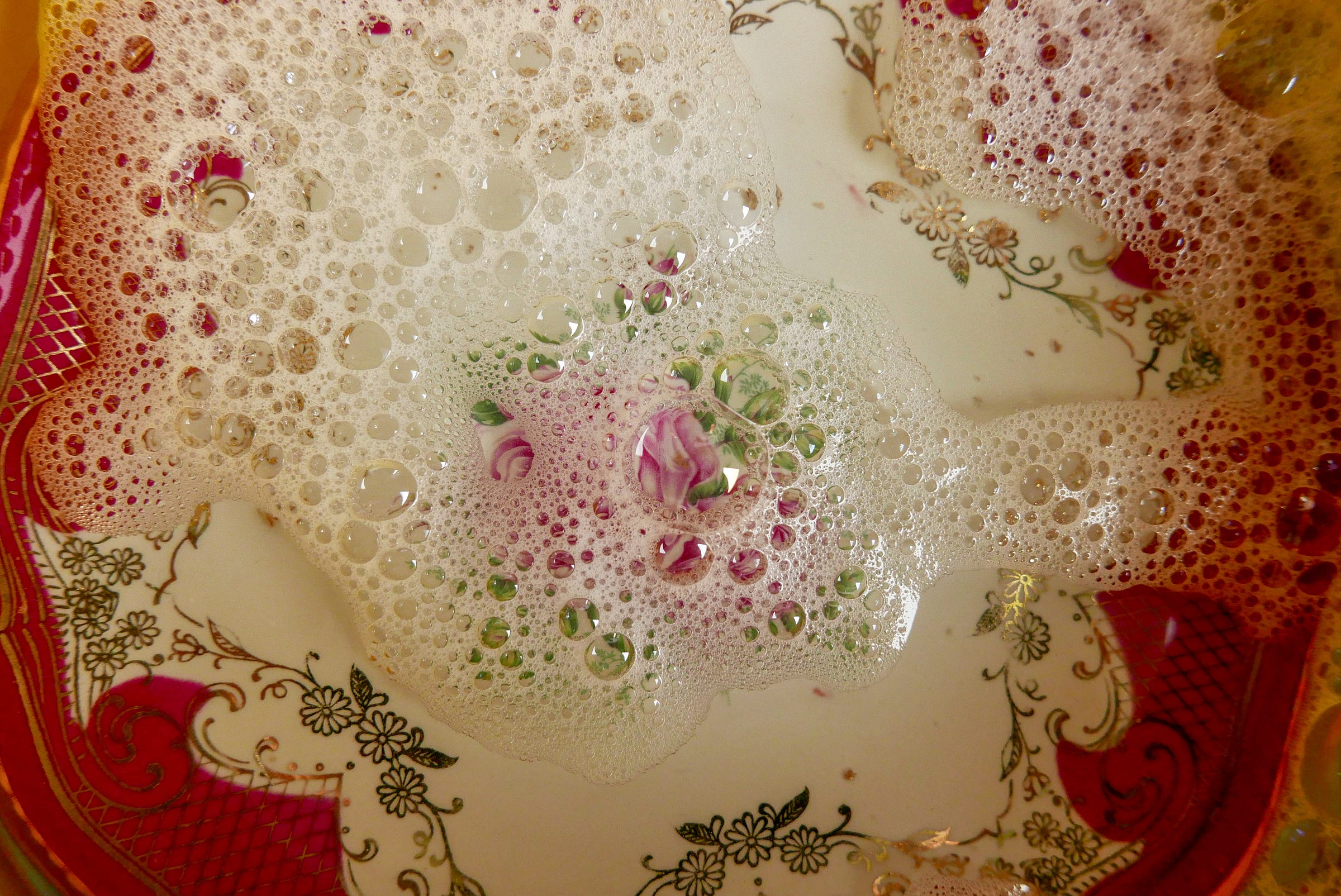
You are what you think.
If you’ve been reading this newsletter for any length of time, you know that mindfulness and photography are central to my life. A few years ago, I realized photography was good for you — that it helps us sharpen our attention. By practicing regularly, photography allows us to see the world with greater clarity and focus.
I wrote about this practice of attention in 2023. At the time, I was connecting the dots and beginning to understand how slow-looking paid dividends. Part of what accelerated those insights was reading Sophie Howarth’s book, The Mindful Photographer, which I highly recommend. Sophie and I met online, and I have been a fan of her work for many years. I was delighted when I heard she was publishing a new book about Everyday Wonder. I’m currently reading it, and it is terrific.
Another kindred spirit in the artful attention space is Menka Sanghvi. She is the mastermind behind the excellent Just Looking, a global community focused on slowing down and staying curious. Her Noticing newsletter is one of my favorites, and I love how she sees the world. Menka also published a new book about mindfulness in our use of technology, Your Best Digital Life, with Jonathan Garner.
Sophie and Menka possess brilliant minds. They are keenly aware of the relentless assault on our attention and how we can succeed despite it with open eyes. I’m a massive fan of these two, so I invited them to write a brief conversation about the insights they’ve gained along their journeys. I’ve illustrated their discussion with images from each of their projects. I hope you like it.
I know many of you will appreciate their wisdom and perspective. Please let us know what you think in the comments. I’ll let Sophie and Menka take it from here. Enjoy!
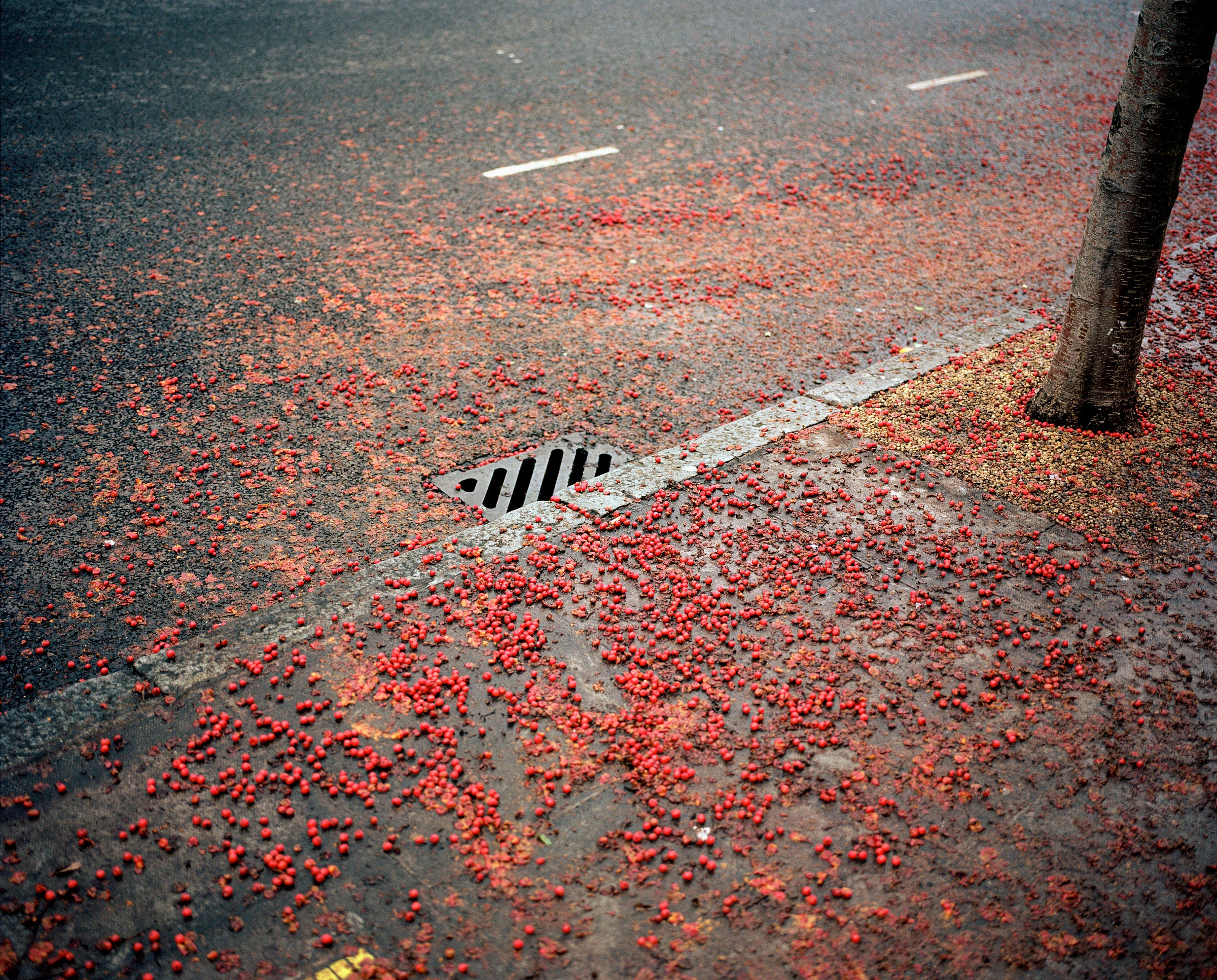
Menka: I recently came across the term “attention activist,” which really resonated with me, but I also feel my approach is more creative… I’d say I aspire to be more of an “attention artist”. And I think, maybe, you’re the same?
Sophie: I’m not sure I can easily separate art and activism in my life. Art is where I’m most intentional about my attention, and it’s also an invitation to other people. It says, “Look at this” or “read this.” It’s a request for attention, which is also true of activism.
Menka: That makes sense. Pointing things out to each other feels poetic and political at the same time because it’s about values. When I share something I’ve seen with you, I’m saying, “Look at that, this is important, it’s worthy of our care”.
Sophie: In my book The Mindful Photographer, I describe attention as our most precious resource, one that’s being increasingly scattered, colonized, and capitalized on. I can’t overestimate how much this matters. Attention is the gateway to our entire experience. We can only notice what we attend to. And only care about what we notice.
Menka: It’s funny how “attention management” has become synonymous with focus and productivity. But for both of us, it’s far more about care. For me personally, for over ten years I worked on climate change and refugee projects with organisations like the United Nations and Doctors Without Borders, and that’s how it struck me, that close attention is the necessary first step to feeling connected to strangers, and to the wider web of life. Which is why I decided to switch my work to help share mindfulness and the art of noticing.
Sophie: That’s fascinating. We tend to think of noticing as a creative endeavour, not as a compassionate or spiritual practice, but of course it can be both, and you combine them so powerfully in your work. I came to mindfulness through the activist work of Joanna Macy, who emphasises deepening our love of the world through attention as the foundation for taking action to protect and restore it.
Photography as tech that extends our attention
Menka: We met through our shared love of mindful photography, which I would argue is a technology that extends rather than restricts attention.
Over the past few years, I’ve been writing my new book, Your Best Digital Life, which is about how tech shapes our minds. It has made me appreciate photography even more because picking up a camera and walking around, noticing life, is one of the few times I’m not under the influence of any personalised recommendation algorithms. At least for now, while I’m looking with my eyes or a simple viewfinder, and not through smart glasses!
Sophie: I can’t say enough about how valuable your book has been for me. I really appreciate that it isn’t another book telling people to put their phones away, but instead invites us to have a more intentional relationship with our tech, to choose it wisely, use it well, and embrace how much it can amplify our lives.
Menka: Being intentional changes everything. When you pick up a camera or tap the camera app, it can be a ritual full of meaning and purpose. I’ve been trying to bring that same level of intention to using my other apps, like Instagram! The digital environment is so slippery that we need to add friction in the right places so we know: “Here I am, and this is what I’m doing!”
Importance of playfulness and experiments
Sophie: Playfulness is also very important in how we pay attention. I have a chapter on Playfulness in The Mindful Photographer in which I write, "the more passionate we become about photography, the more easily we can find ourselves taking it a little too seriously. The mindful photographer resists becoming too earnest, remembering that playfulness keeps the ego at bay and the imagination alive.”
Menka: I love that chapter. We get stuck in our ways of looking – we notice what we tend to notice, and miss the rest! In 2017, I started to notice this sameness and dullness in my attention, so I created Just Looking, my community project. The idea was pretty simple: if I could get people together for mindful photowalks and share perspectives, we could nudge each other to see new things. We can say, “Hey, if you tilt your head like this, you can notice this thing differently.”
Sophie: And now, of course, you’re creating these amazing tools and resources for mindful photographers, like the 60 Experiments in Looking cards, which I adore and keep in my bag every day. When I’m just walking around on my own, I often take out a card and nudge myself to see something new I would otherwise have walked straight past. Isn’t everything better turned into a game?

Prioritizing wonder in serious times
Menka: One of the challenges with staying playful is that we live in such serious times. It’s so easy to become anxious, depressed, or quite rigid and insular in our views, partly as a way to protect ourselves. How do you think we can combat that?
Sophie: I’ve been thinking about this a lot. Everyday Wonder came out a few weeks ago, and it’s been a strange gift to find myself talking about it at a time when our media channels are thick with stories of hurt and horror. The final essay in the book is actually about “Not Giving Up”. My wish is that the book can be a small carrier of hope in heartbreaking times, a gentle reminder that there is beauty and tenderness in the world too, and that we can have tremendous power by noticing and amplifying it.
Menka: For me, Everyday Wonder is perfectly timed—it reminds us that we all need to keep our spirits strong right now. If we don't stay open to the good, we can't attend meaningfully to the bad.
Sophie: Sometimes I think the work of being an artist is simply about how to hold and share the beauty and the terror with intensity. Noticing everyday wonder is a spiritual survival muscle that grows when we exercise it and shrivels when we don’t.
Books that have inspired us
Sophie: Shall we finish by sharing a few resources that have inspired us to notice what we notice? Whose work has influenced your thinking about all this, Menka?
Menka: I appreciated Oliver Burkeman’s Four Thousand Weeks. He describes attention, like time, as more than just a “resource” because you can’t save it up or reallocate it – it’s spent in each moment, whether you like it or not. That’s a transformative concept.
I’d also like to mention Robin Wall Kimmerer’s Braiding Sweetgrass, Lucy Jones’ Losing Eden, and James Bridle’s Ways of Being books, which have completely changed how I pay attention to and relate to the natural and living world. I share your love of Mary Oliver’s poetry for the same reason.
Sophie: I’m glad you mentioned poetry. Poetry and photography are two of the most loving ways we can engage with the world, pointing to and growing in significance the parts of it we most value. It was really special for me to combine poetry and photography in Everyday Wonder.
A few books I’d like to mention are Rob Walker’s The Art of Noticing, Keri Smith’s How to Be an Explorer of the World, and Josie George’s Letters from Wonderland. All three are gloriously playful invitations to enjoy the wondrous world we have the privilege to live in every day.
Menka: I want to end our conversation with a quote from your book, Everyday Wonder. I love how you remind us that, “There’s no need to rush off anywhere in search of remarkable things. You are surrounded by—indeed, you are yourself a part of—an everyday wonderland.”
Sophie: Well, I’m going to make it a double ending then, and share one of my favourite prompts from your 60 Experiments in Looking cards! The BEGINNING card reads, “This is the opening scene, the beginning of the rest of your life." It gives me such permission just to be here and take it all in.
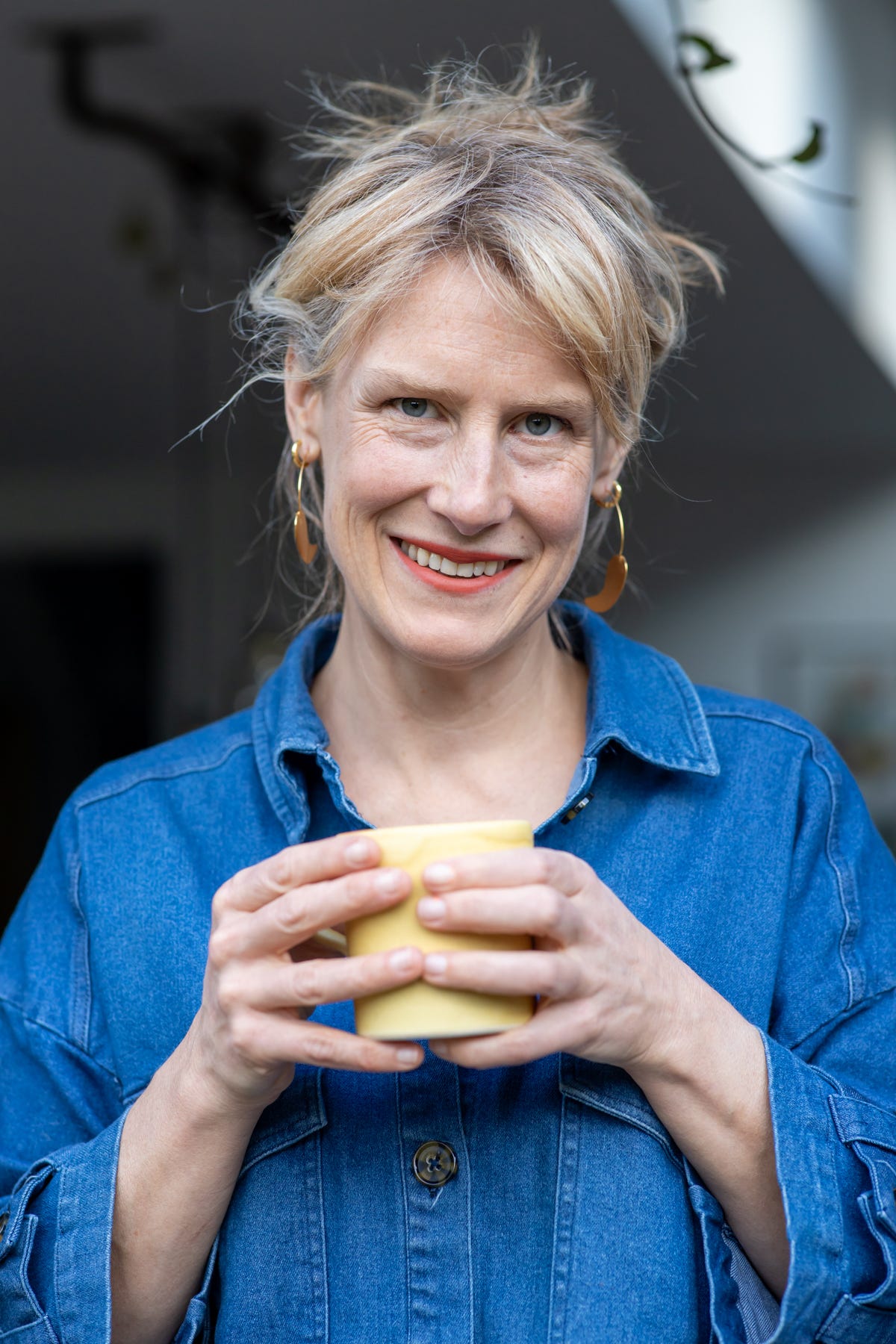
About the authors
Sophie Howarth is an artist and activist based in the UK, author of books including Everyday Wonder, The Mindful Photographer, Looking at Trees, and Street Photography Now.

Menka Sanghvi is a mindfulness and digital habits expert based in London. Her writing and projects explore the relationship between attention, technology, and culture. She is the founder of Just Looking and author of Your Best Digital Life (Macmillan, 2025), and writes the Noticing newsletter.
One more thing…
Sophie and Menka teach attention workshops. The next two dates are July 1 and October 5. Notice What You Notice – Reclaiming Attention in a World of Distraction explores how to be an attention activist. These sessions sound fascinating, and I may attend if I can make the time.
The best part? They’re offering a discount to FlakPhoto readers. You can take 20% off when you order with the promo code FLAKPHOTO20. Check it out!



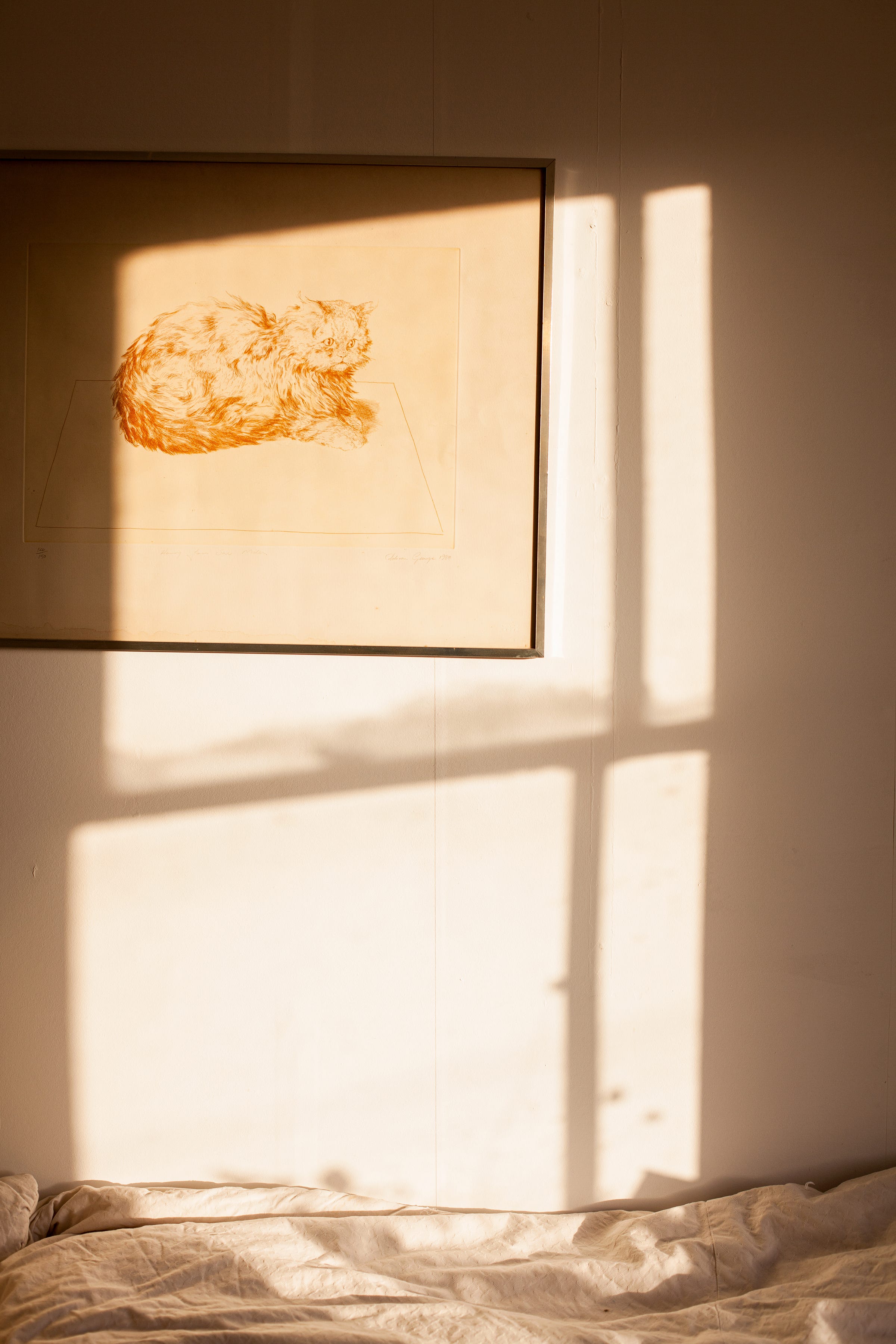

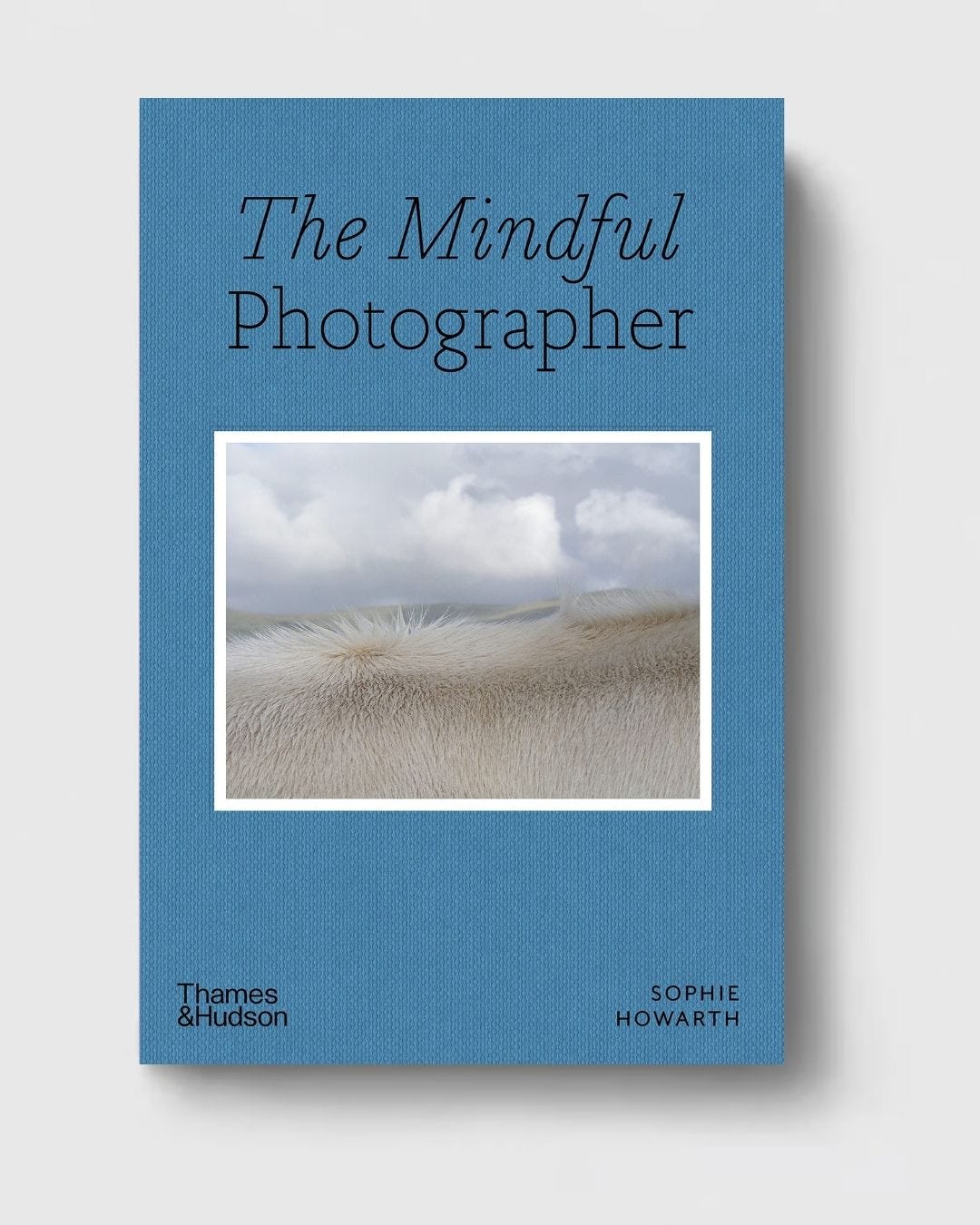
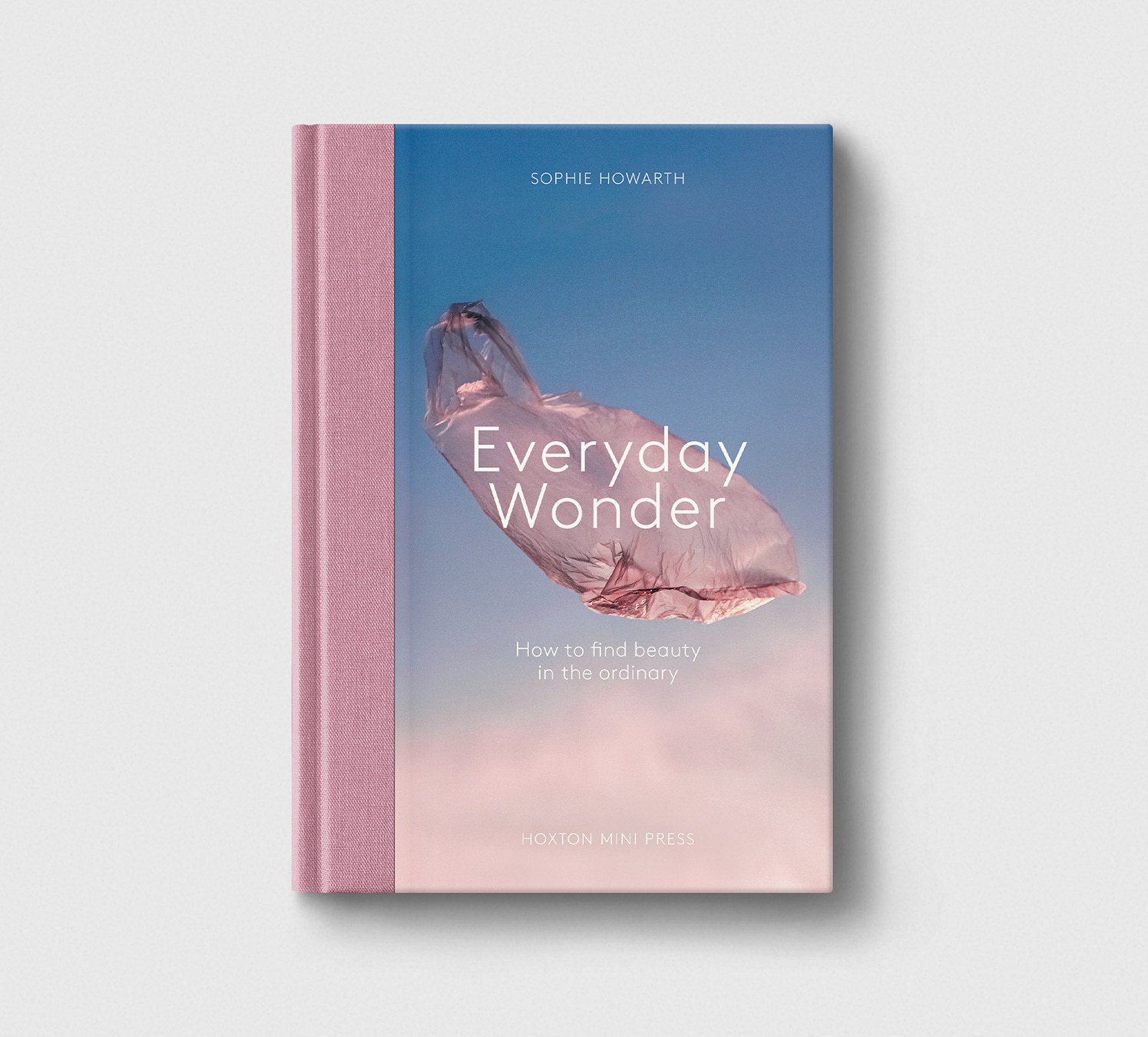
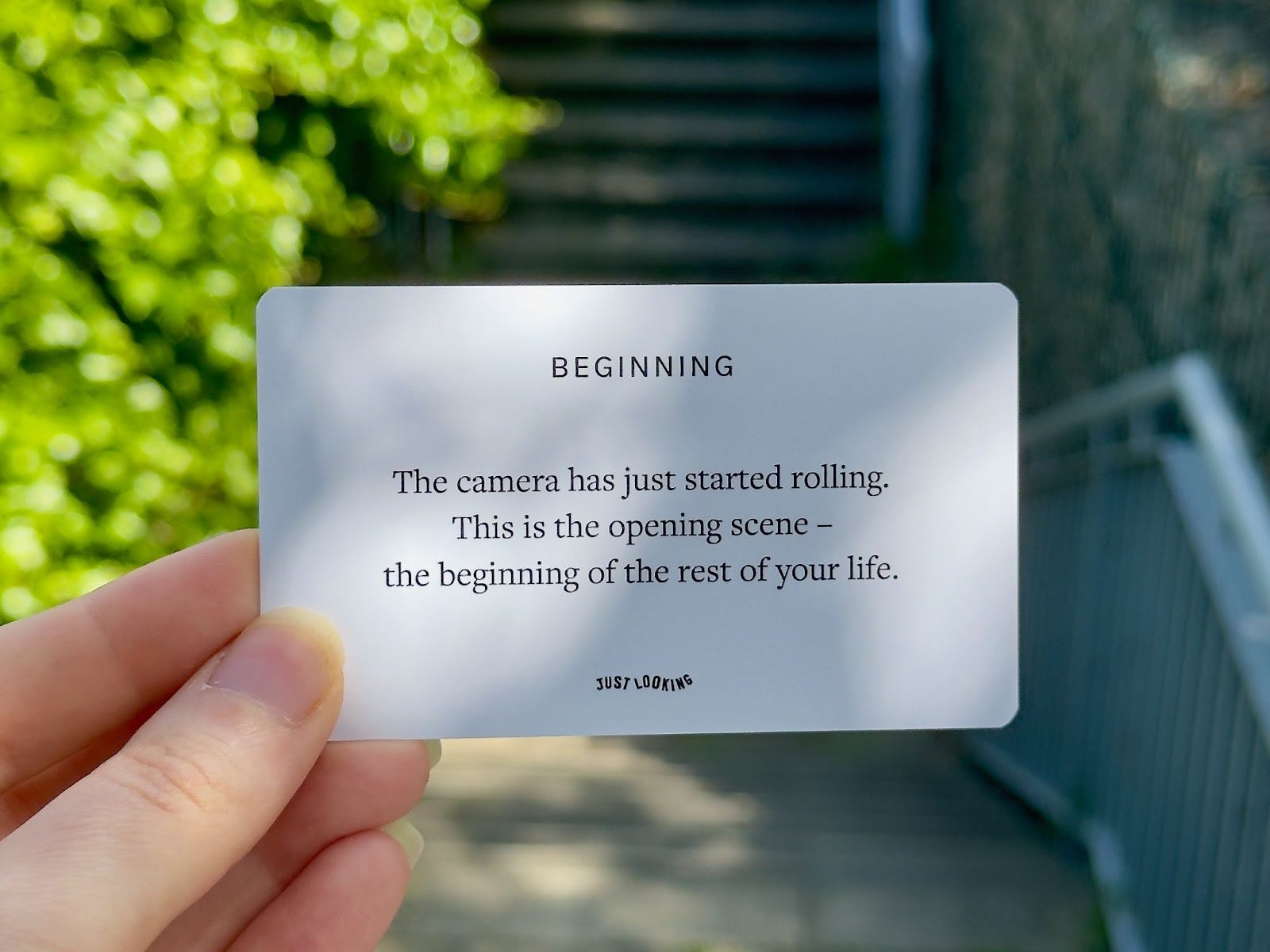

Thanks for the book recommendation! I just picked up Your Best Digital Life. It looks great and couldn't have come at a better time for me.
Thanks so much for this. Just ordered Sophie's book!